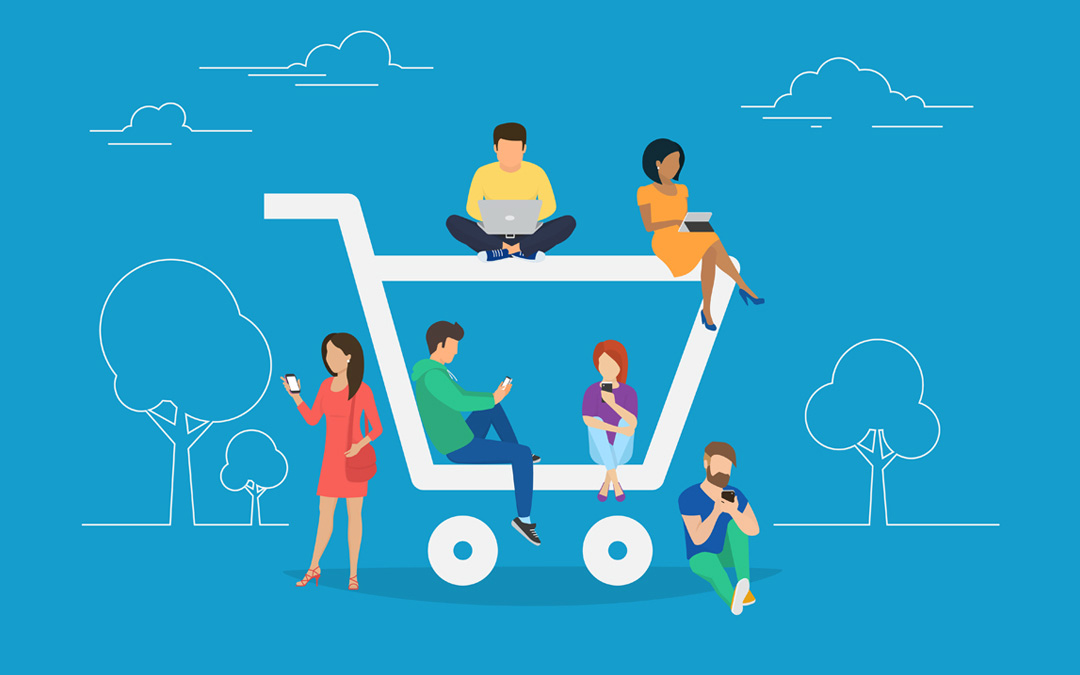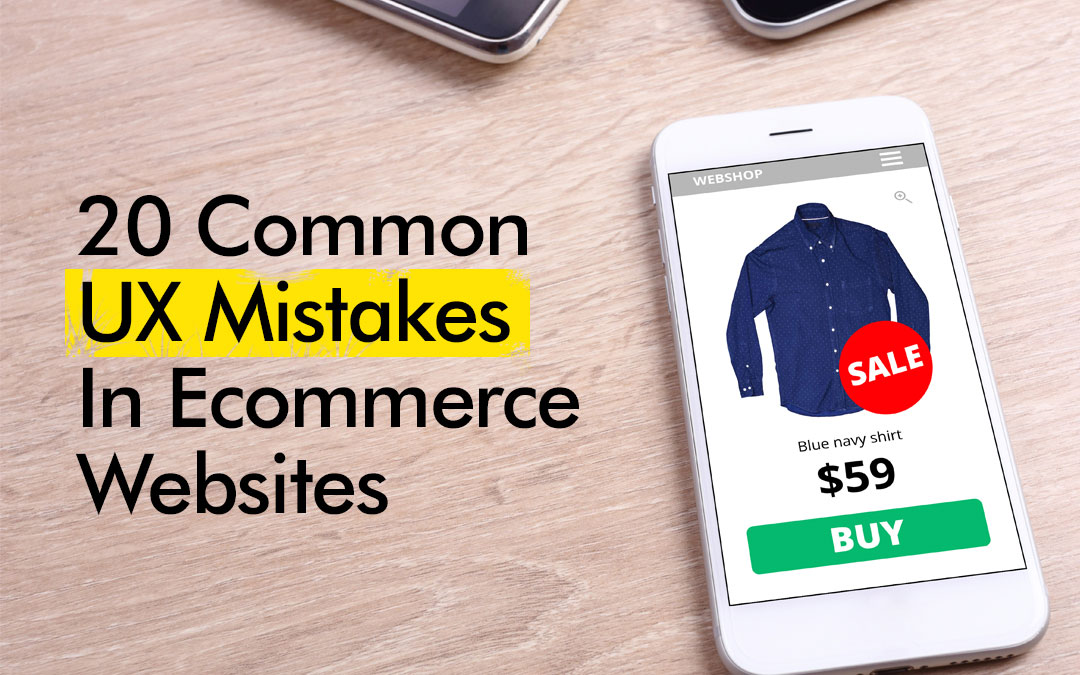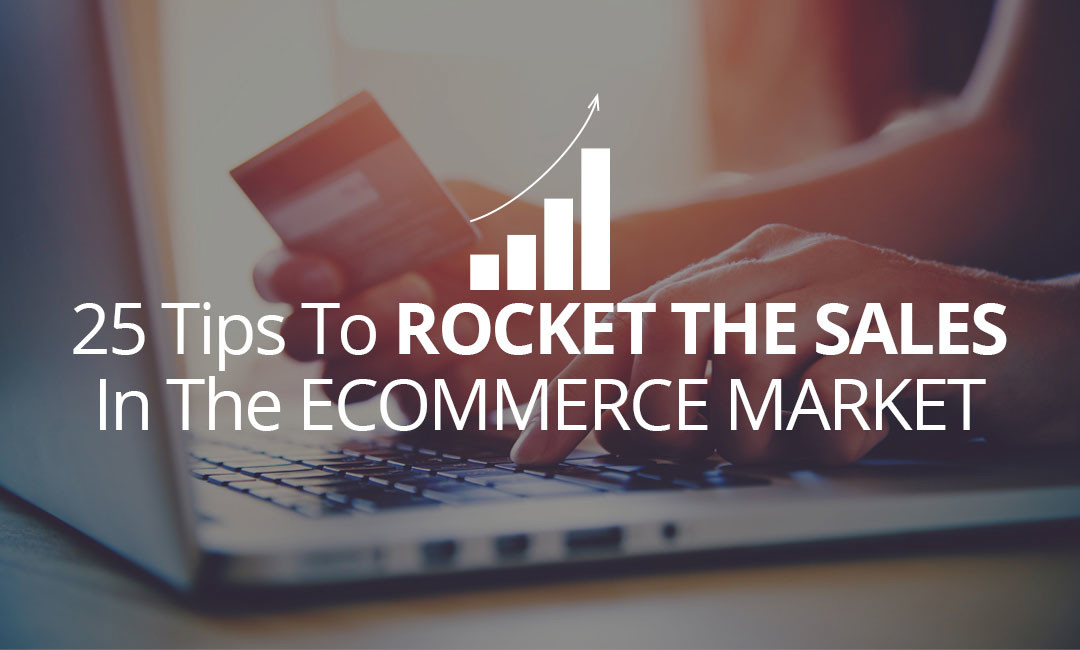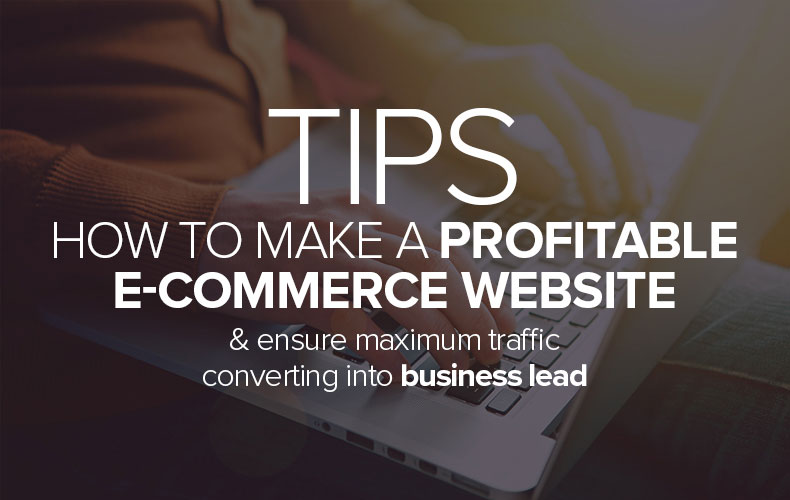Different designers curate different designs. But, above all, the design is a goal-centric and solution-oriented activity that uses design to serve people.
When it comes to the field of web and app design, one of the most lucrative areas is undoubtedly e-commerce. In this sphere, there are a lot of factors that make up the design cycle, accompanied along with study and research. Be it a website, mobile application, branding design or advertising materials, designers keep in mind the constraints posed by a particular product or service, target audience, business budget, investment plan, etc.
Yes, the design is a great tool. But to execute it better, a designer must be aware of the basics of business and economy to fulfill the objective of the design process. Is it for artistic display or for raising money by way of business techniques and methods? Goals should be clear.
Further, designers even create e-commerce platforms by joining hands with researchers, analysts, bracketologists, and advertisers, to enhance the rate of profits brought by the final product. Here in this article, you will learn some basic business terms that constitute the process of digital design for e-commerce. This list also nurtures in the stages of UX research and wireframing so as to churn out effective solutions that amass maximum profits.
The Concepts
Let we learn about some fundamentals used in business economics and strategies dominating sales. Focus on these basics and evaluate your chances to build effective digital products.
E-Commerce
Meaning
E-Commerce stands for electronic commerce. E-commerce involves transactions that provide customers with goods or services that are done via electronic devices and the internet. This channel of communication adds to the features of data management, advertising, sales channels, etc. which frame a full cycle of commerce operations, namely payments, delivery, and refunds.
The E-commerce industry has witnessed a boom and opens opportunities for not only e-trade but even online auctions and direct sales platforms. It has a wide domain and includes e-banking through e-wallets and e-money as well as e-marketing and many other aspects that are quite useful for users.
Design View
E-commerce activity is influenced by the quality of the product or service, content, channels used for providing information on the electronic medium. So, it is evident that we can’t ignore UI/UX design as it is these logical and systematic transitions, fluid microinteractions, prompt feedback, catchy presentation, and quick payment flow, which will affect the scaling profits of the business dwelling on an e-commerce platform. Designers should always keep their focus on operational simplicity, effective branding, the safety of users’ data, proper use of visual elements, ease to deliver feedback and trouble-free access to contact information about the business supplying goods or services.
Designers should always keep their focus on operational simplicity, effective branding, the safety of users’ data, proper use of visual elements, ease to deliver feedback and trouble-free access to contact information about the business supplying goods or services.
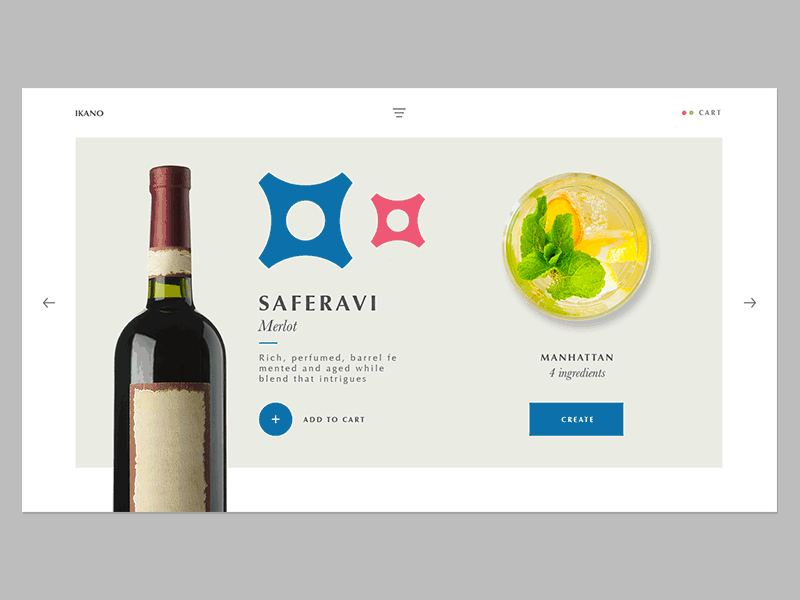
Conversion
Meaning
Conversion reports the number of visitors undergoing purchase the way they were offered a product.
Design View
Today the range of e-commerce activities is very broad. Keeping in mind numerous functions and needs, the conversion only results when the visitors perform the action that they were called to. And that does not mean only purchasing something. Conversion can also occur in cases of subscriptions, downloads, shift to other pages, additional information, answering questions in a survey, commencing free trials, surfing a library, classic interaction/gesture and much more. Thus, conversion corresponds to different actions in particular businesses. It is a metric that shows the engagement ratio bought out by stimulating the users.
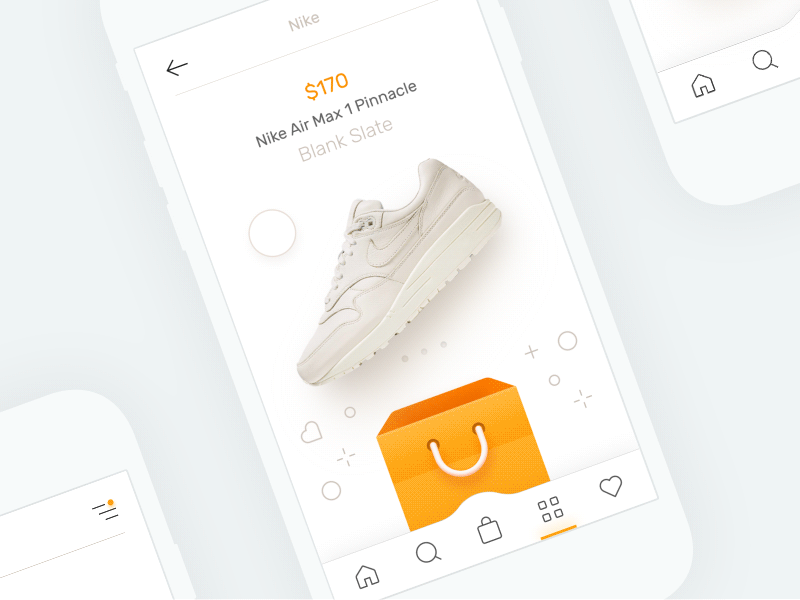
Sales Funnel
Meaning
In simple words, sales funnel is a method that is user-oriented and is dependent on the measured involvement of a user that actively gets converted into the final purchase. This technique takes a customer through several stages of engagement giving him/her requisite information about the product and advantages, which influence transaction & retention.
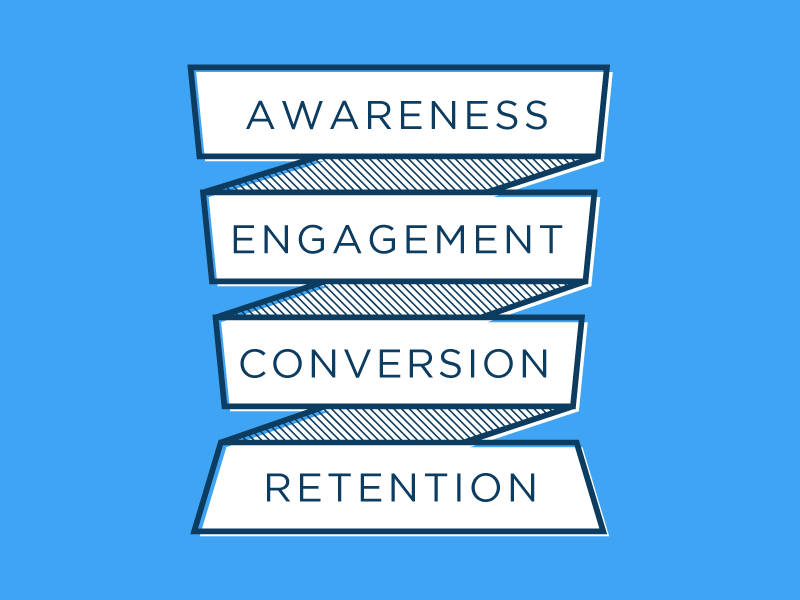
Features
Introduction
This stage creates awareness where the customer gets acquainted with the product, its brand, and function. Here the user gets to know the market presence of this product or service.
Education
Further, the user is familiarized with more details of the product that can persuade them to go ahead and also promise to solve their problems.
Analysis
Here the customer makes a comparison with other products in the market and gathers information about their USPs (Unique Selling Points).
Decision
Here arguments are put forth that brings out a decision. It sums up the advantages of the offer, data about extended bonuses and interactive calls-to-action of the process.
Purchase
Here user gives the verdict and exercises his ability to buy. The sale is completed.
Retaining
Here the customer provides a feedback, takes up additional contacts related to the offer, goes for updates and even repeats the purchase if desired.
Design View
Sales funnel is highly commercial in its reach. Its effective execution leads to customer-oriented,
productive and engaging design solutions. It can be represented either through a website or a mobile
application or even an outer source. Sales funnel, if implemented properly, can be fruitful in informing
users quickly about the product or service and save a lot on time. However, sales funnel can play havoc if
done carelessly as it can confuse potential buyers and drive them away from the product.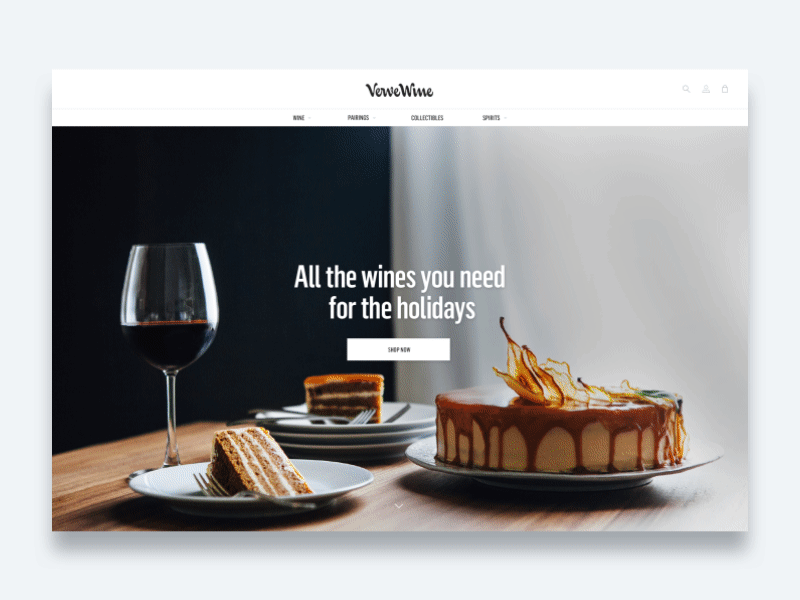
Sales Marketing Channel
Meaning
These are the ways via which likely users reach to the point of e-commerce, i.e., through the website or mobile application that can result in the final purchase. I personally prefer Facebook / Instagram / Google PPC & Pinterest Sales Marketing Channels for good conversions.
Design View
E-commerce must take into consideration maximum sales channels that are flooding the internet, from social networks to customized advertising to forums and reviews. These give a broader approach to the actual point of sale, which is the main target. Just remember, sales channels, in beginning, should be focused on the target audience. Move slowly and attain efficiency at every step. Initial awareness is important as it generates a strong connection to brand identity. In order to facilitate consistency, it is advisable to develop guidelines that emphasize on visual presentation and mission statement. Sales channels must be able to direct traffic to the places where users can get easy access and thus make actions accordingly.
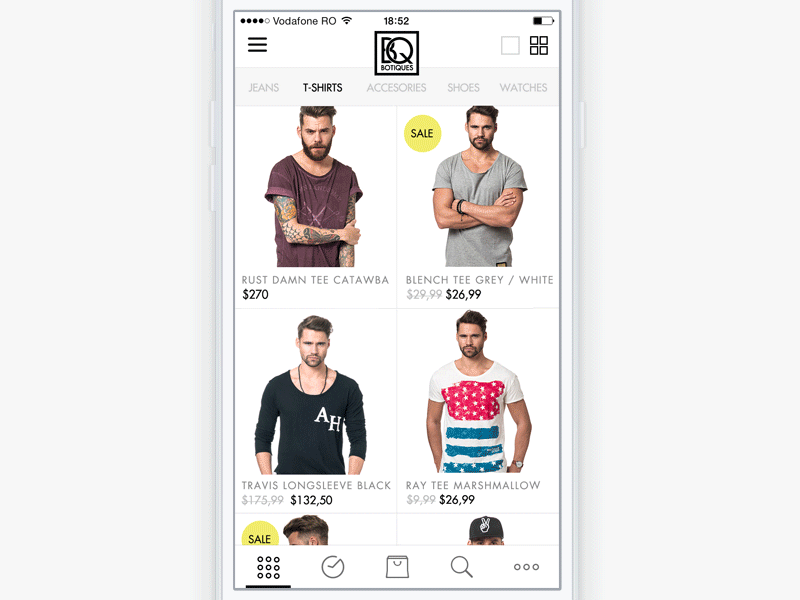
Niche
Meaning
Niche means directing offer on needs, wishes and problems centered on the specific target audience. The niche market caters to a specialized segment that takes into account particular needs in consideration to its demography, education level, the level of income, buying capacity etc.
Design View
For designing in a niche market, you need to study your target audience thoroughly as the demands are quite specific and involve more details that affect the process of design and marketing. Making a deep analysis of their requirements and bringing out a satisfactory layout in view to this audience will surely mount up profits. Also, creative ways highlighting branding and UI solutions can give the product an edge and make it stand out amongst its competitors.
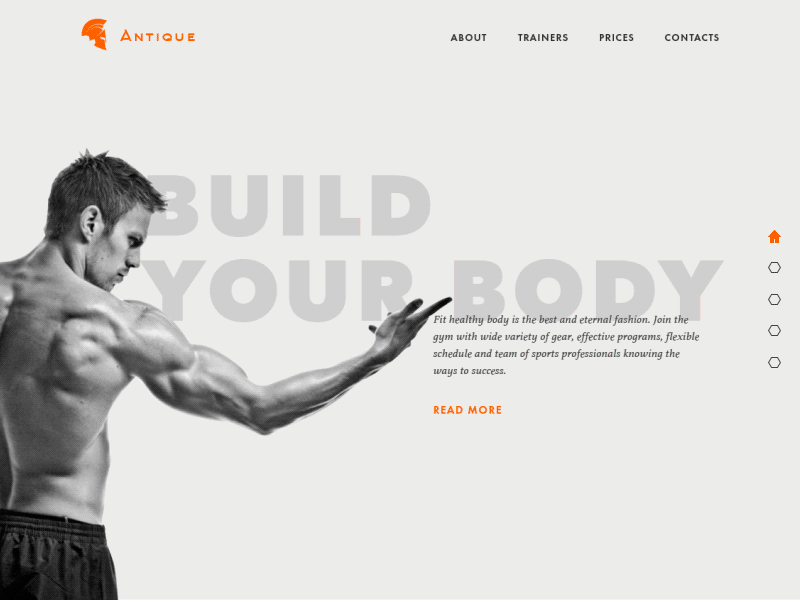
4P Theory
Meaning
This theory was developed by Neil H. Borden and later joined by E. Jerome McCarthy, popularly known as the marketing mix that focuses on the product launch and lifecycle by covering 4 ‘P’ factors- Product, Price, Place, and Promotion. Firms need to emphasize on the correct product, sell it at the correct price, at the correct place, with the help of best promotion. Missing out even on one of the components will result in wastage of effort and hamper the level of profit and brand awareness considerably.
Design View
This theory is highly relevant in designing for e-commerce. It is seen that the price of the product is generally neglected from the designer’s decisions and is left for the stakeholders to decide. In reference to a product, it is applicable only in those cases where users purchase digital products or services. The other two Ps are regarded with design effort and creativity.
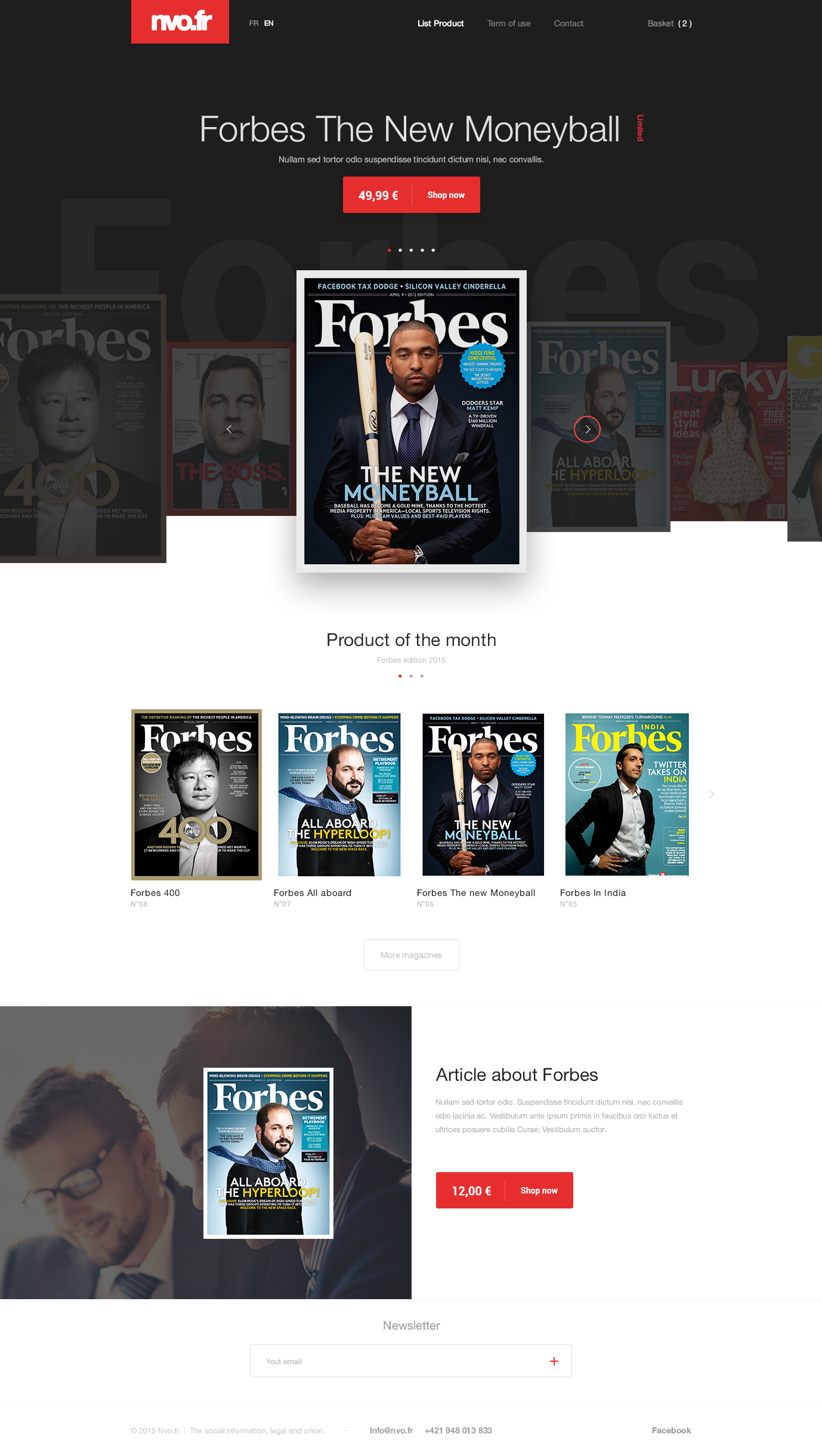
Maslow’s Hierarchy of Needs
Meaning
One of the primary psychological theories used in business and micro and macroeconomic levels is that conceived by Abraham Maslow, which is relevant to the hierarchy of needs that human beings have as well as other factors focused on motivation. The 5 levels of human needs covered in this theory are-
1.Biological and Physiological Needs
These are related to the body and include air, food, water, shelter, warmth, sex and sleep
2. Safety Needs
These correspond to the protection and elaborate on security, order, law, need for stability and freedom from fear
3. Love and Belongingness Needs
These mention the need for love, affection, intimacy, friendship from friends, colleagues, family and also romantic relationships.
4. Esteem Needs
These contain needs that demand self-respect from others, dominance, prestige, mastery, independence, and achievement.
5. Self- Actualisation Needs
Self-actualisation needs reflect on self-fulfillment, personal potential, chances for personal growth and peak experiences.
Design View
The link of this theory doesn’t look clear in its first glance but is pivotal in motivating people to undergo transaction on different levels of economic relationships. This theory, if applied, will produce a user-friendly and customer-oriented product, which will satisfy its target audience and sort out all of their problems. A designer will be able to achieve a high degree of proficiency if he skillfully assesses economic basics and business factors that affect design process and logic. Maslow’s pyramid can help the designers to find apt solutions that match with the hearts and minds of the users at its best.
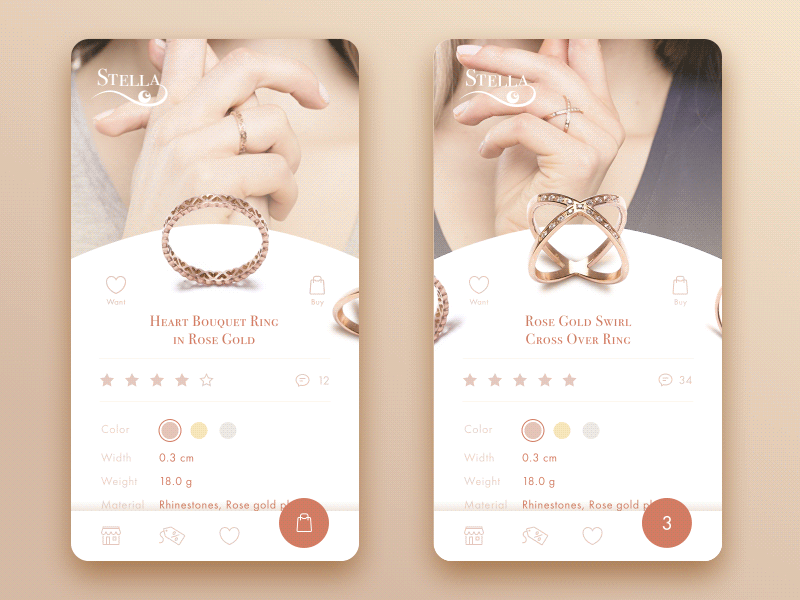
Understanding Process
USP
Meaning
It stands for Unique Selling Point or Unique Selling Proposition which is a feature employed in marketing and promotion strategy that highlights the most important advantage (or set of advantages) that people can avail of the product or service. This is an attribute that makes the offer different and noteworthy from the others on the market. Offering everything to everyone is a utopian idea that will take you nowhere. It is better to put forth particular offers for the target audience which promises to give more especially at the start.
Design View
It is important to state USP at the time of ideation and formation of business strategy and design solutions. Agreed, outlining USP is a tough task, but once done it enhances the design process and shell out ways to present and promote the product. USP has a great impact on designing of a logo and brand identity, gauging about the mission, applying identity in elements, setting up principles of interaction and user experience, building UX that defines USP, selecting content that matches the design concept, creating landing page and lastly, strategising SEO and copywriting that supports design solution. USP makes the design powerful by informing the users about the benefits, strengthening the power and making the product look appealing in the eyes of the audience.
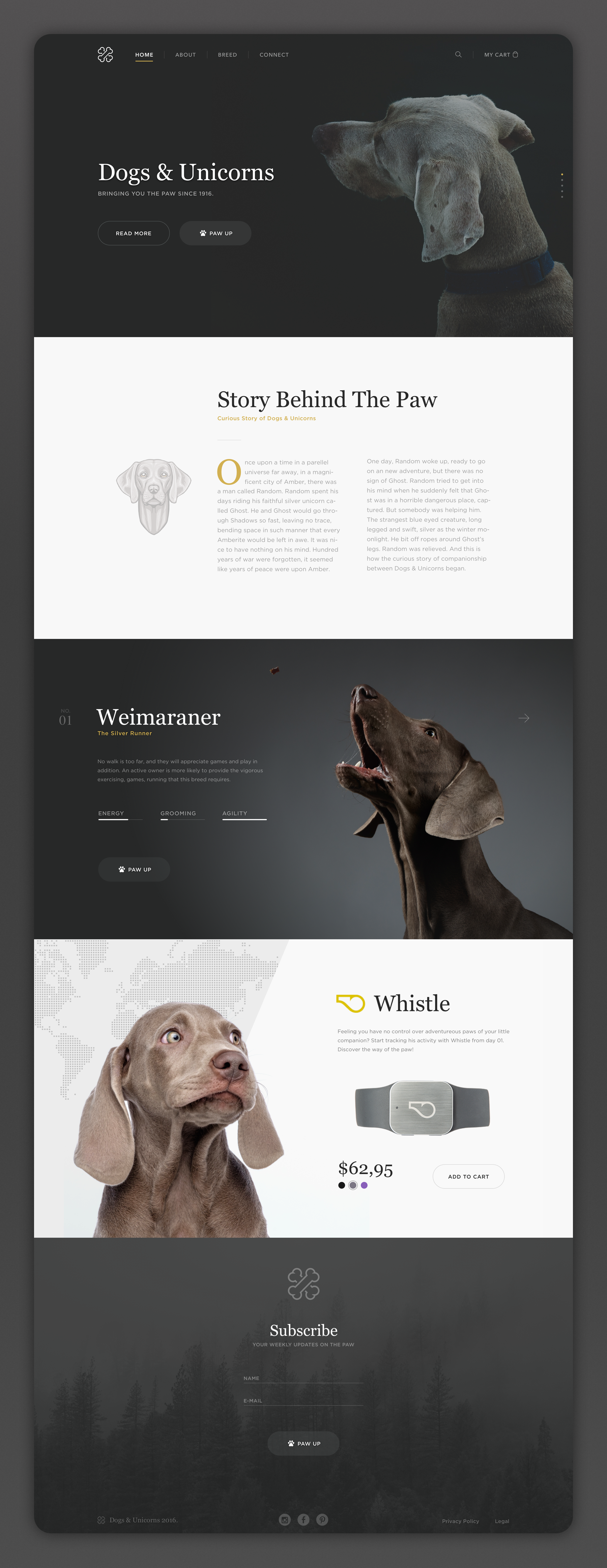
MVP
Meaning

MVP stands for Minimum Viable Product. It is a product with the minimum set of functions and features, which are completed and sustainable, thereby fulfilling the most significant functions for the core audience. The basic version is made life and starts functioning as soon as possible as opposed to the usual approach of launching complex functionality for all product features on the market.
Design View
MVP is more dynamic and starts working in the market faster. It is suitable for comprehensive technological ideas and concepts as they are prone to be outmoded by the time the design and development cycle is finished. It enables designers and other members of the team to gather data with the help of real user interaction and thus, use that information for developing more complex versions of the product. MVP empowers and speeds up the process and also makes the next versions super-efficient. It can serve as a bait to attract target customers and further, implement functional additions based on its performance governed by positive and dynamic user experience.
MVP follows a step-by-step movement in the market, in which the succeeding step is based on the evaluation of preceding step derived from data of real users. UX designers should always consider the core target audience while working on MVP to make the task more customer-centric. Take note that successful MVP is directly proportional to the USP of the product. USP enables to make the product more user-oriented and thus elevate the chances of making it robust and attractive to the users. Since first impressions are important in UI/UX design, MVP has a very crucial role to play.
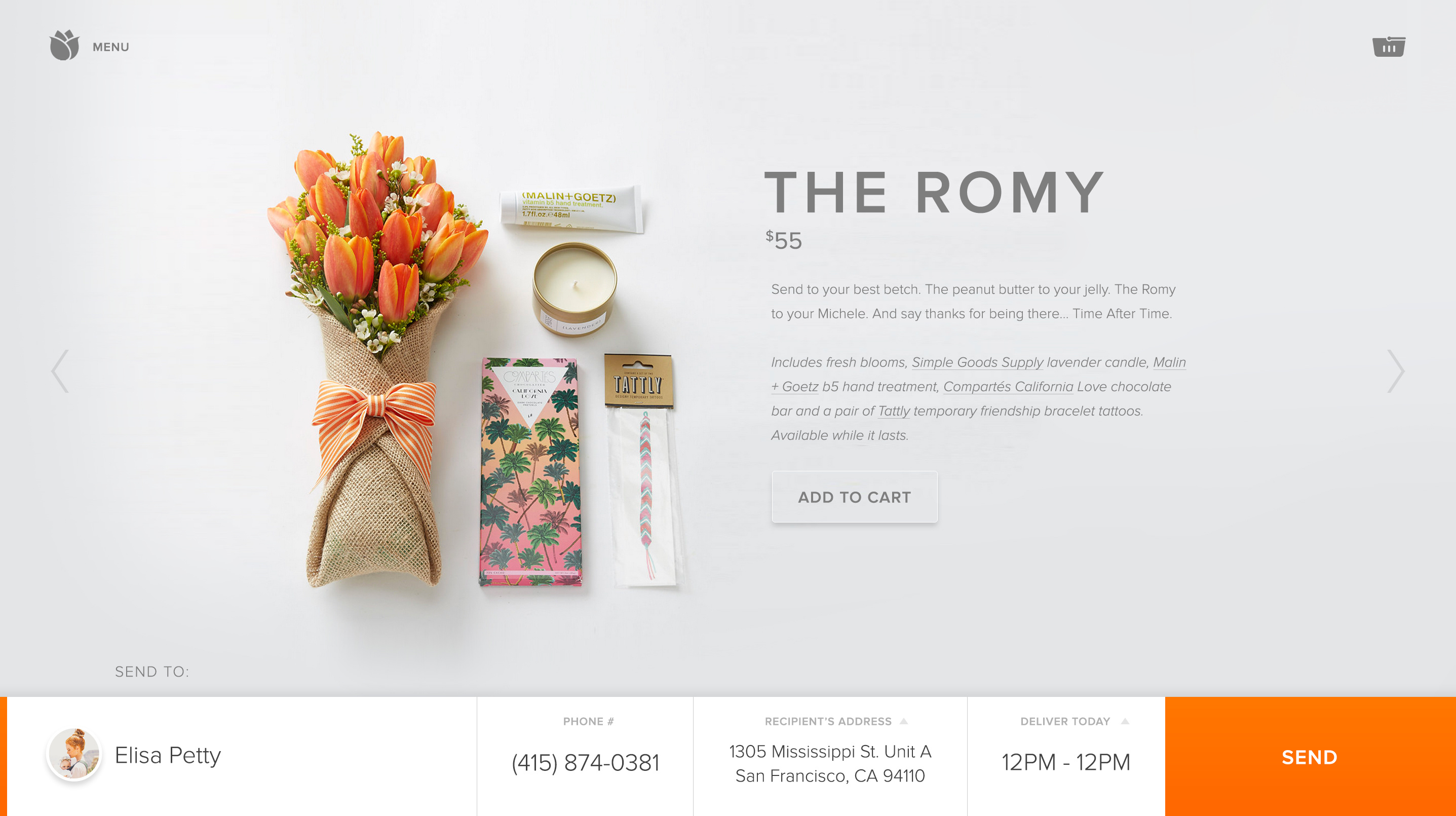
B2B (Business to Business)
Meaning
B2B means business-to-business. It is used in business, marketing and economy to establish relations in the business process. Here, one company supplies products and services depending on the other companies’ business activities. The target audience is not individuals rather businesses. A direct example of B2B can be outsourcing design and development services.
Process for B2B
Keep in mind-
- The solutions should be such that work consistently on branding and company policy. Use design elements in social network marketing of the respective B2B company by incorporating same style, voice, corporate graphics and items to heighten brand awareness by way of designing.
- Use an effective content strategy that amalgamates visual and textual material with a vigilant selection of visuals and copies so as to accomplish all the stages of the sales funnel.
- Precise and minimal solutions are the best as they save the time of stakeholders and entrepreneurs. Core information is always presented at the first stage of interaction with the option of displaying more depending on their interest.
- Never ignore business relations as it establishes the level of trust and the desire to collaborate.
- The purpose is not to charge up traffic rates but to involve and direct leads which correspond to the target audience and have made up their mind to go for business collaboration and partnerships.
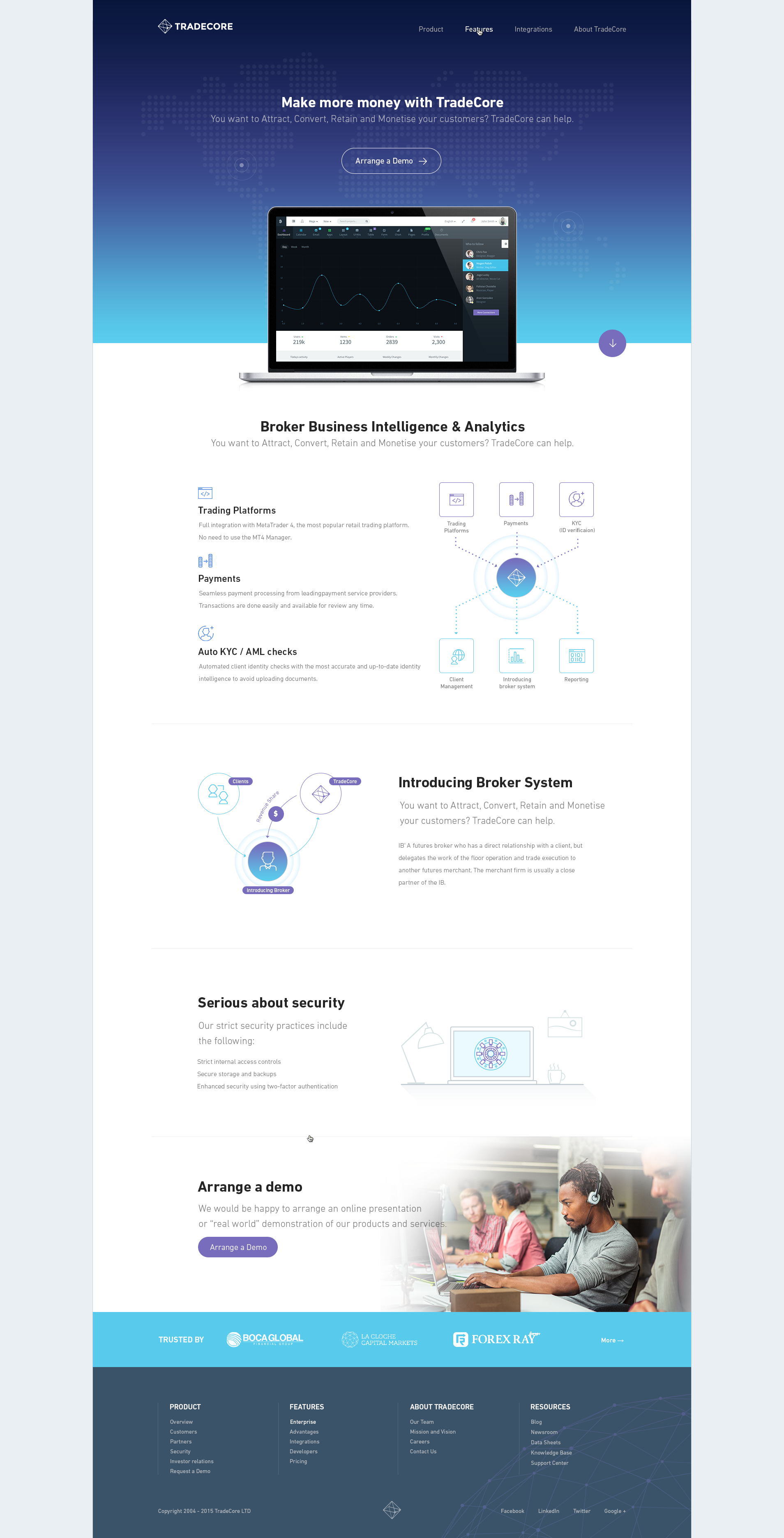
B2C (Business to Customer)
Meaning
It stands for business-to-customer. It is another way of transacting in which a business provides products or services on a direct basis to individuals or end consumers. A good example can be a bookshop selling online as it offers and sells books to individual buyers and targets at involving as many customers as possible.
Process for B2C
Points to remember are-
- The target audience can be a large scale so craft solutions that will conveniently transfer the required message to the user. Make the visual presentation attractive.
- Many websites or platforms give the option for a detailed process of buying and delivery. Pay special attention to data protection and security.
- Make the website technically sound so as to support a really large number of users as generally more users are there than the B2B flow.
- Let the brand presentation be strong and consistent especially in social networks as this will open better marketing opportunities and establish a direct communication with the consumers.
- Make the design interactive by including animations, illustrations, and characters, easter eggs or funny and engaging videos etc.
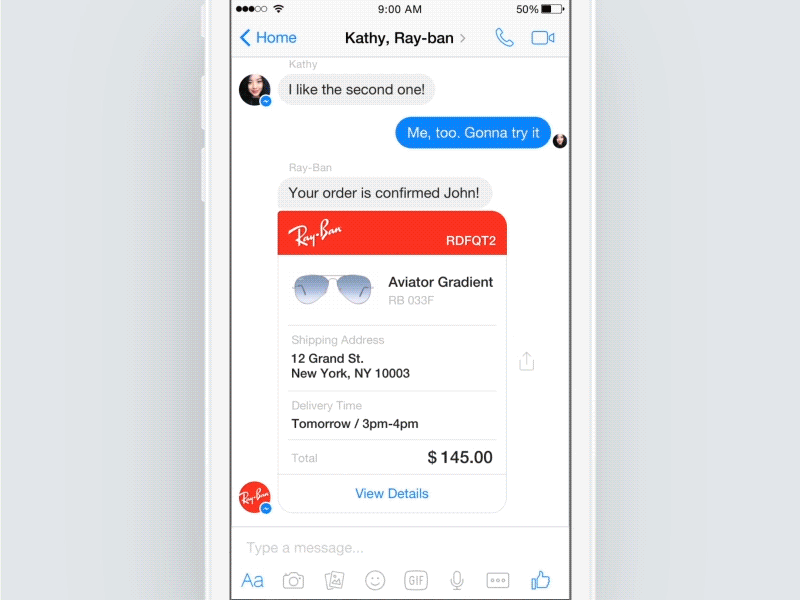
C2C (Customer to Customer)
Meaning
This term is for consumer-to-consumer. The definition makes it clear that the term involves operations done directly from consumer to consumer. This type has grown considerably with the aid of e-commerce as the internet presents a wide scope for its growth. The best way for a C2C relationship is through platforms like online auctions, sales etc. The design here is usually created for the third party, which paves this platform and enables users to go ahead with selling and buying their stuff.
Design View
Relations need to be kept in mind while undergoing the design process. Target audience and nature of interactions must be kept in consideration to bring out user-friendly design solutions. If you neglect business relations, there are chances of creating a design that will not boost conversion rates in spite of being stylish, sophisticated and visually stimulating.
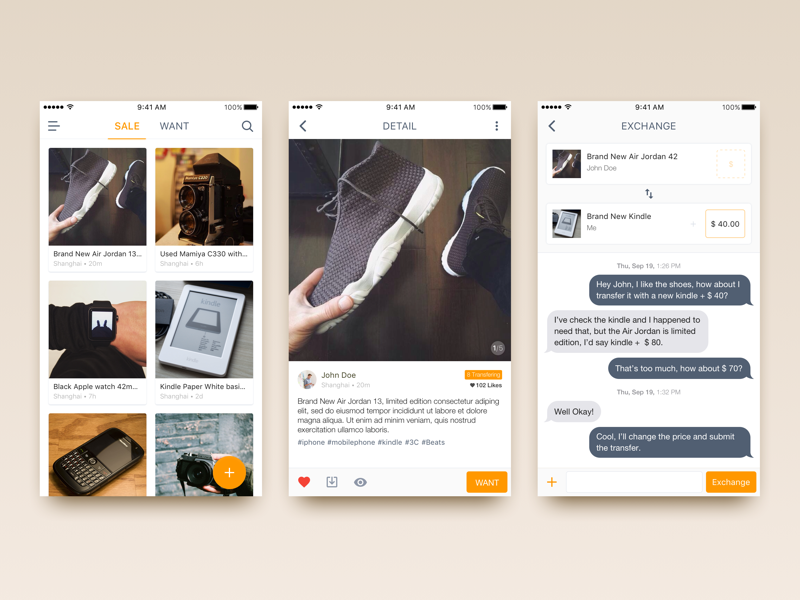
Process for C2C
It is advisable to-
- Built a platform that is intuitive and is excellent in its navigation so that people with different levels of tech abilities can operate on various devices.
- Have unique and interactive UI solutions as they establish the first contact and enable active interaction.
- Careful placement of design elements and visual hierarchy can help in boosting conversions that will enforce user retention. The visual design of UI should support universal background and architecture for the presentation of various products and services. Even UX must provide various features and diverse possibilities.
- The medium must be ready with a fast and dynamic system of user support.
Conclusion
These terms and definitions will help you to bridge the gap between business strategies and designs. But don’t forget, nothing sells a bad product for a long time. No matter how sophisticated your designs are or how magical your marketing techniques are, nothing can retain a user if the experience of an interaction is bad. Design can help to set a mark at every stage from launching, presenting and promoting the product, but you ought to beware of poor quality products if you desire to make the most of e-commerce platform. Let the product and its user step high, then only design will take the leap!
Images Credits –
www.dribbble.com & www.ShutterStock.com
Article resources –
- https://www.simplypsychology.org/maslow.html
- https://www.bigcommerce.com/blog/how-to-optimize-your-online-store-increase-conversion-rates/
- https://www.amazon.com/E-Business-E-Commerce-Management-Dave-Chaffey-ebook/dp/B00IZ080Y0/
- https://www.dbswebsite.com/blog/2017/02/21/8-great-examples-of-b2b-web-design/
- https://www.peterjthomson.com/2009/08/difference-between-marketing-and-design/
- http://ideasondesign.net/design-for-business/
